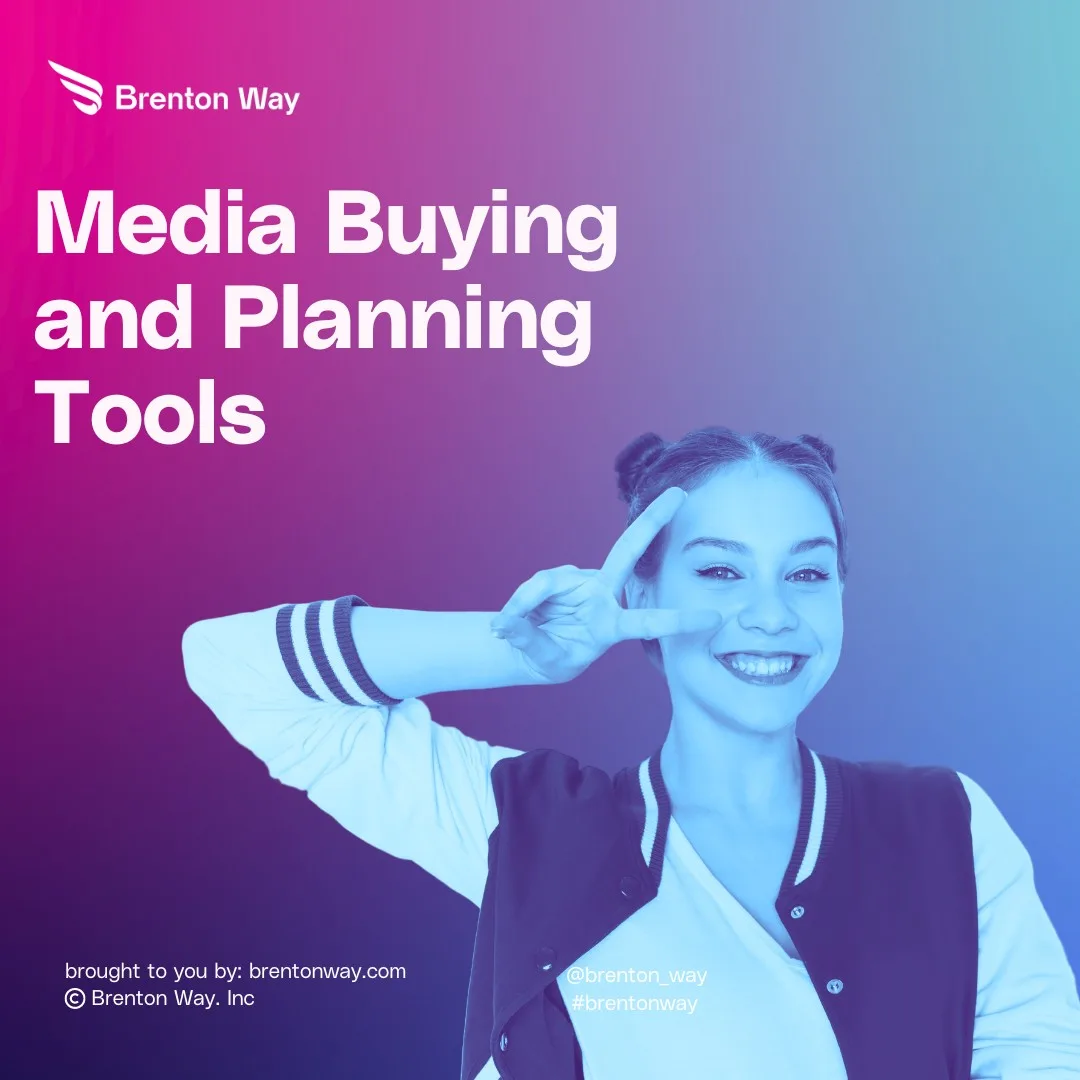
It’s time to abandon outbound marketing and accept inbound marketing. Why? Because, as a business, you want to avoid interruptions and offer prospects a smoother path to conversion. This is what inbound marketing does. It captures the user’s attention and pulls them toward the conversion organically. Also, inbound leads cost 39% less than outbound leads. […]
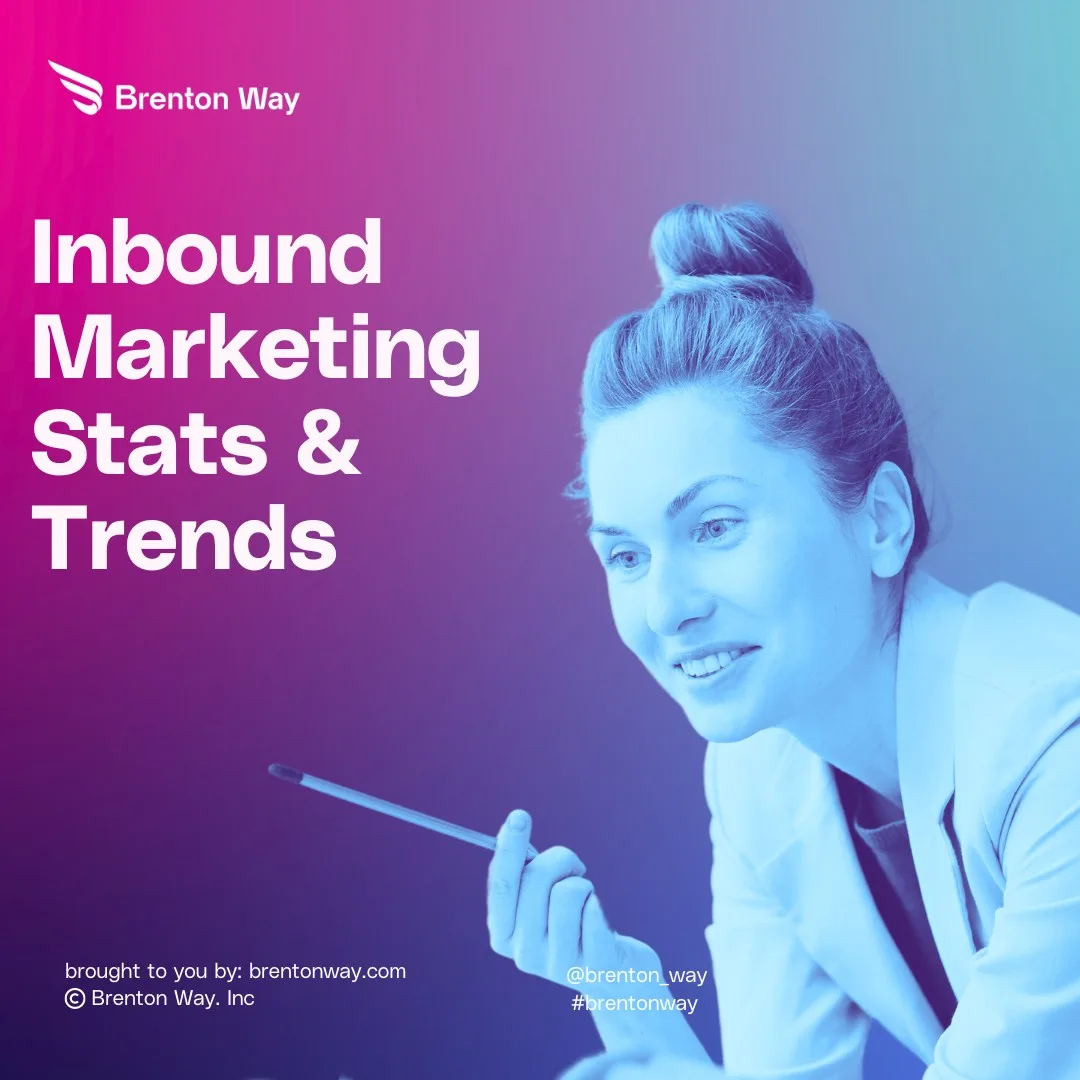
It’s time to abandon outbound marketing and accept inbound marketing.
Why?
Because, as a business, you want to avoid interruptions and offer prospects a smoother path to conversion.
This is what inbound marketing does. It captures the user’s attention and pulls them toward the conversion organically.
Also, inbound leads cost 39% less than outbound leads.
Let’s look closely at the latest and most important inbound marketing statistics for 2024 and the future.
Inbound marketing is acquiring organic leads for your business using push marketing strategies like SEO, PPC, email marketing, and content marketing.
The primary focus of inbound marketing is attracting, engaging, and delighting audiences through valuable, relevant content and experiences.
Some of the key characteristics of inbound marketing are:
Also See: Skin Care Market Size, Consumer Trends and Forecast: Top Statistics [2030]
Inbound marketing serves the needs of your target buyer persona by offering the following benefits:
1- Businesses that actively engage in blogging experience a substantial boost, acquiring a remarkable 97% increase in inbound links.
2- 74% of organizations worldwide rely on an inbound approach to marketing.
3- Many marketers expect a notable increase in investment for AI initiatives, with most contemplating a surge of up to 50%.
4- During April 2020, more than 98% of active Facebook users opted for mobile phones as their preferred means of accessing the social media platform.
5- More than 85% of B2B marketers employ B2B content marketing tactics to grow their MRR.

6- Brand awareness efforts for 90% of brands hinge on the use of social media.
7- Consumers express a preference for social media posts that incorporate links (30%), graphics and images (18%), and videos (17%).
8- The expected CAGR for the worldwide Marketing Automation market is over 9%, and the market size is forecasted to reach $9.5 billion by 2027.
9- As of 2018, the Content Marketing Institute reported that an analysis of the inbound marketing market revealed that 91% of B2B and 86% of B2C marketers were actively engaged in content marketing.
10- Merely 39% of companies possess a documented content marketing strategy.
11- More than 40% of online marketers agree that pull-form marketing produces a measurable return on investment.
12- English serves as the medium for 71% of WordPress sites.
13- Ninety-three percent of marketers now prioritize the creation of video content.
14- On average, people interact with 6.7 different social networks per month.
15- Businesses dedicate around 8.7% of their total revenue to their advertising budget.
16- Approximately 33% of individuals in the U.S. utilize voice search.
17- The digital lead generation market in the United States will be 20% by 2025.
18- Lead generation is deemed the most challenging task for 61% of marketers following a strong lifecycle marketing strategy.
19- Implementing personalization in lead nurturing increases the likelihood of conversion by 63%.
20- A staggering 96% of visitors to websites are not in a ready-to-buy state.
21- 53% of marketers agree that at least 50% of their advertising budget is allocated to lead acquisition.
22- 60% of consumers claim to make at least one monthly purchase following a brand’s email engagement.
23- Buyer persona-driven content increases lead quality by 45%.
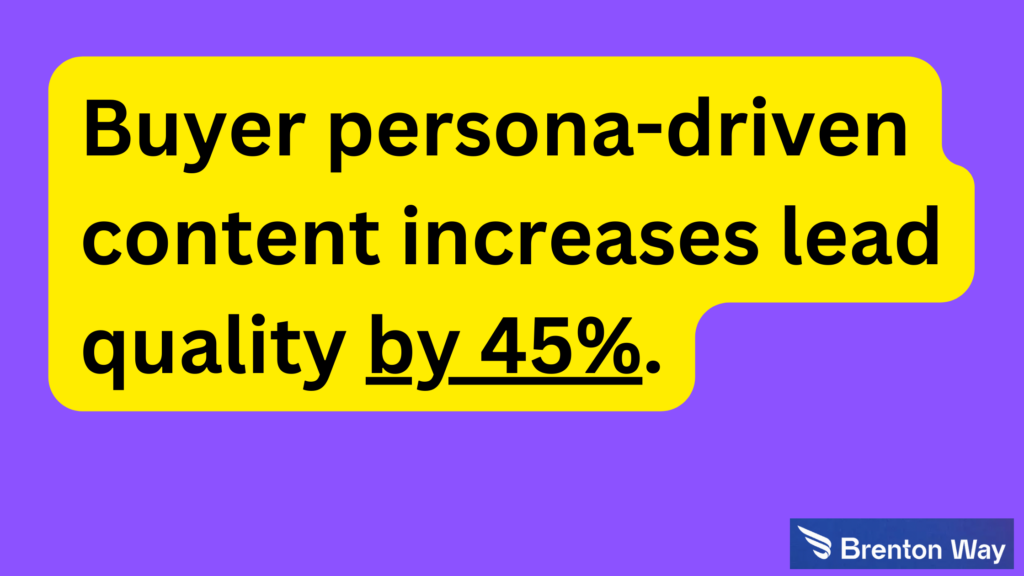
24- Lead generation is regarded as a top priority in marketing campaigns by 50% of marketers.
25- 97% of people dismiss or ignore cold calls.
26- Utilizing an inbound strategy increases average website conversion rates x2.
Also See: How Do You Improve The Quality of Your Lead Generation?
27- Content marketing can achieve savings of up to 62% and generate three times more leads than traditional marketing methods.
28- Approximately 48% of companies that implement content marketing strategies give priority to the creation of blog content.
29- According to 74% of B2B marketers, delivering value is the primary factor for success in content marketing.
30- Content consumption occupies 20% of online users’ overall online time.
31- Around 3.5% of mobile visits result in purchases, slightly lower than the conversion rate of 3.9% observed on desktops, as reported by (Statista).
32- Google utilizes approximately 810 SERP features, as reported by SeoClarity.
33- According to The Smart Audio Report, approximately 52% of voice-assistant users employ voice technology daily.
34- Approximately 54% of decision-makers spend one hour each week reading thought-leadership content, according to (LinkedIn).
35- Compared to traditional outbound marketing, inbound marketing leads to a 62% reduction in cost per lead.
36- In early-stage lead generation, 53% of marketers emphasized that email marketing emerged as their most effective channel.
37- Almost half of marketers, specifically 47%, plan to increase their utilization of artificial intelligence.
38- Approximately 46% of B2B organizations intend to invest in account-based marketing.
39- Digital marketing is the foremost component of marketing expenditure for 44% of B2B companies.
40- B2B emails, on average, register a 20% open rate.
41- Most B2B marketers, precisely 53%, have employed content to stimulate sales and generate revenue.
42- In-house teams handle marketing activities for 41% of B2B businesses.
43- 50% of B2B marketing teams delegate at least one content marketing activity to external sources.
44- According to (Databox), 67% of B2B content teams focus on creating top-of-funnel content.
45- According to MarketingCharts, 52% of B2B buyers demonstrate a clear rise in their likelihood of purchasing and engaging with a brand’s content.
Also See: Best LinkedIn Automation Tools & Software
46- Based on experiences alone, at least 74% of consumers are likely to purchase.
47- Consumers are willing to pay an additional 16% for an enhanced customer experience.
48- For marketers publishing blog content monthly, the customer acquisition rate is 57%, increasing to 82% for those engaging in daily blogging.
49- Blogs with extensive content, exceeding 2,000 words, produce leads that convert to customers nine times faster than their short-form counterparts.
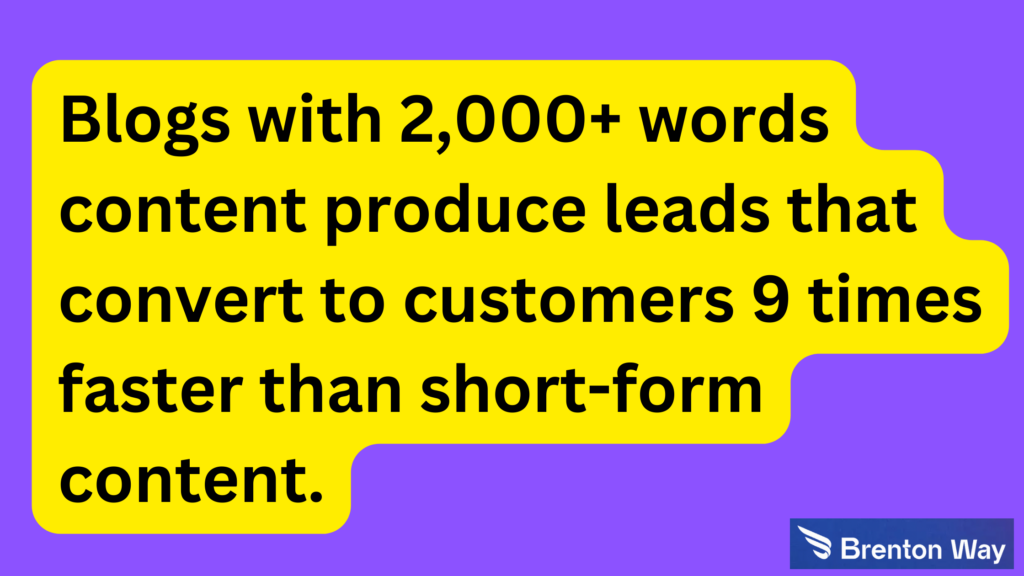
50- Reportedly, 82% of marketers engage actively in content marketing.
51- Compared to outbound leads, inbound marketing leads are 61% more cost-effective.
52- A well-designed customer success program can yield a 91% return on investment (ROI) over three years.
53- Prioritizing customer satisfaction enables companies to retain 2.2 times more customers annually.
54- 34% of customer success teams identified “lack of tools” as a challenge hindering their growth. (You might like this post on the best growth hacking tools)
55- A notable 66% of customer success managers (CSMs) state that they dedicate a significant portion of their workday to repetitive administrative tasks.
56- About 80% of people who use the internet in the US have made at least one purchase online (99 firms).
57- By the year 2027, sales of online goods are expected to surpass eight trillion dollars.
58- In 2023, worldwide online retail sales hit about 5.8 trillion U.S. dollars. Predictions suggest a 39 percent increase in this number in the next few years, with the goal of exceeding eight trillion dollars by 2027.
59- E-commerce websites receive 37% of their total traffic from search engines.
60- The 2030 forecast suggests a 200% increase in cashless payment transactions, which will ultimately lead to the complete phase-out of cash-based systems.
61- 65% of e-commerce sessions were attributed to search traffic, with 33% credited to organic search and 32% to sponsored search.
62- In 2025, approximately 72.6% of internet users are expected to use their smartphones for online activities exclusively.
63- 83% of marketers agree that quality over quantity in content is preferred.
64- Global retail e-commerce sales reached $5.2 trillion in 2021 and are projected to increase by 56% in the next five years, reaching approximately $8.1 trillion by 2026.
65- The average American household has access to over 10,000 connected devices, as reported by Statista.
66- According to Edison Research, approximately 62% of Americans aged 12 and above utilize voice-operated assistants.
67- Inbound marketing tactics generate 54% more leads than traditional paid marketing methods.
68- 46% of all Google searches are local, and 76% of individuals who use their smartphone to search for something nearby visit a business within a day.
69- Television ads are skipped by 86% of people, 44% of direct mail goes unopened, and 91% of emails are unsubscribed from company emails they initially opted into.
70- Inbound leads are 61% less expensive than outbound leads, and three out of four inbound marketing channels incur lower costs than any outbound channel.
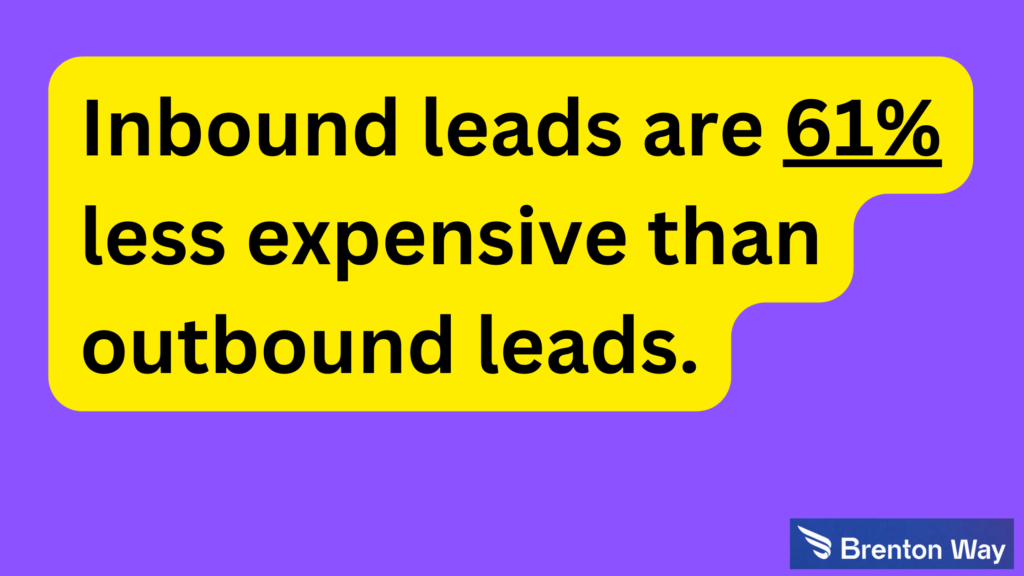
71- After investing just six hours per week in social marketing, 66% of marketers successfully generate leads from social media.
72- Compelling blog headlines can increase traffic by 500%, and marketers who maintain blogs are 13 times more likely to achieve a positive return on investments (ROIs).
73- For lead generation, 80% of B2B companies employ content marketing.
74- Content promotion is the most effective tactic for nearly 20% of marketers globally.
75- Companies utilizing lead nurturing experience a 50% increase in sales-ready leads at 33% lower costs.
76- Companies that leverage blogs witness a 97% increase in the sharing of links to their websites compared to those that do not.
77- Content marketing saves 62% more and brings x3 more leads than traditional marketing.
78- 80% of C-level decision-makers prefer reading articles rather than search ads.
79- Up to 18% of local searches are sold within 24 hours.
80- Smartphones facilitated over 51% of online sales during the 2023 holiday season.
81- On average, merchants derive 23% of their revenues from affiliate marketing.
82- Approximately 66% of companies employing 100 or more employees incorporate Twitter into their marketing strategies.
83- Most smartphone and tablet owners, specifically 53%, shop through a particular company’s app.
84- According to Hubspot, 82% of marketers acknowledge that AI has influenced their approach to content creation planning.
85- 99% of users check their inbox every day.
86- A study revealed that emails with emojis in the subject line enjoy a 56% increase in open rates compared to plain text.
87- Automated emails generate a remarkable 320% more revenue than non-automated emails.
88- As per Emailmonday, marketing automation is currently employed by 55% of all companies.
89- Emails with personalized elements boast an impressive 188% open rate, compared to a meager 12.1% for generic emails.

90- VentureBeat reports that conversion rates driven by automated emails are 180% higher than batch emails.
91- 69% of marketers utilize email marketing for content distribution.
92- Automated emails generate 320% more revenue compared to non-automated emails
93- While email marketing is powerful, bombarding subscribers with too many emails can backfire. The leading reason for unsubscribing is receiving too many emails (59%)
94- 63% of individuals who open an email actively seek out a discount.
95- According to OptinMonster, 60% of consumers purchase through promotional emails.
96- More than 70% of buyers use their phones for online purchases.
97- Nearly two-thirds of online journeys kick off with a search engine, highlighting the importance of ranking well for relevant keywords.
98- McKinsey’s research suggests that 57% of B2B sellers perceive the content produced by their marketing team as “generic and unresponsive”.
99- As per Statcounter, Google holds a commanding position in the worldwide search engine market, boasting a market share of 91.54%.
100- More than 70% of users of search engines do not go beyond the initial Search Engine Results Page (SERP).
101- Seven out of ten online marketers believe SEO outperforms pay-per-click (PPC) advertising in generating sales, suggesting a focus on organic growth can be more effective.
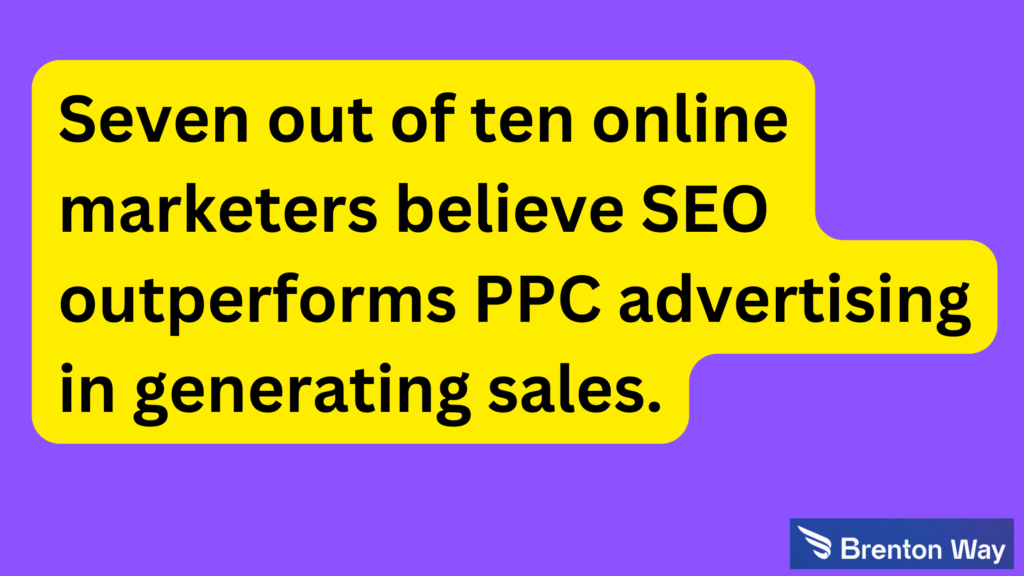
102- At least 70% of search engine users exclusively click on organic results.
103- Approximately 36% of Americans possess a smart speaker.
104- Ahrefs reports that almost 60% of the pages appearing in the top 10 Google results are aged three years or more.
105- In 2022, smart speaker ownership in the US rose to 35%, marking an increase from 21% in 2019, as reported by NPR and Edison Research.
106- According to BrightEdge, 68% of online journeys commence with a search engine.
Google Search, Google Images, and Google Maps collectively contribute to 92.96% of global traffic.
107- 60% of marketers consider inbound methods such as SEO and blog content their top-quality source of leads.
108- Video marketing helps 66% of marketers secure more qualified leads.
109- Videos receive 12 times more shares compared to text and images.
110- 95% of consumers retain information more effectively by watching a video than by reading text.
111- Live streaming is projected to experience an annual growth of 13.5% until 2027, establishing it as a popular and expanding content format for both consumers and video marketers.
112- Tutorials or how-to videos are among the most sought-after forms of video content, with 30.6% of consumers actively searching for them.
113- Individuals aged 26 to 35, classified as millennials, constitute the majority of video viewers.
30% of marketers opt for Facebook Live as their preferred live-streaming social media platform.
114- In the second quarter of 2022, online videos reached an audience of nearly 93% among global internet users.
115- 69% of content marketers use video for content marketing.
116- Social media is employed by 59% of marketers to generate leads and drive sales.
117- The primary objective for their social media strategy is identified as brand awareness by 70% of marketers.
118- After following a brand on social media, 87% of individuals proceed to visit the brand’s website or app.
119- Social media is utilized for selling by 57% of sales professionals.
120- Businesses boasting a robust social media presence are 3.5 times more likely to outperform their competitors.
121- For short-form video content, 50.1% of marketers think that TikTok provides the highest return on investment (ROI) for influencer marketing.
122- Around 270 billion U.S. dollars were spent on social media advertising in 2023, and it is anticipated that this expenditure will exceed the 300-billion-dollar threshold by 2024.
123- According to the DemandGen Report, industry influencer content is trusted more by 17.87% of B2B buyers.
124- 89% of inbound marketers use LinkedIn for lead generation and they are happy about it.
I hope these B2B inbound marketing statistics will help you make data-driven decisions to improve your sales. Now, let’s take a look at some of the commonly asked questions related to inbound marketing.
Inbound marketing is like making friends by being helpful and sharing interesting things. It’s about creating content people want and utilizing strategies like content creation, SEO, and social media to establish trust and build long-term relationships. Outbound marketing is more like telling everyone about something, even if they might not be interested. It uses channels like TV ads and direct mail to push messages out to a big audience, hoping some will respond.
Inbound marketing is:
The top five inbound marketing techniques are:
Blogging in inbound marketing helps businesses establish thought leadership, provide valuable insights, and engage with their target audience. Businesses can address customer pain points by consistently publishing relevant content and developing a holistic inbound strategy.


